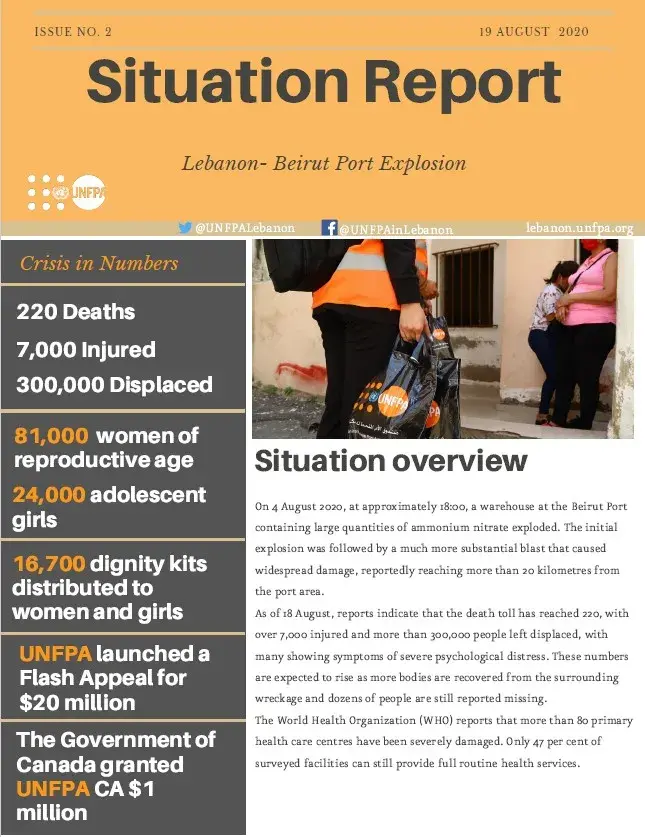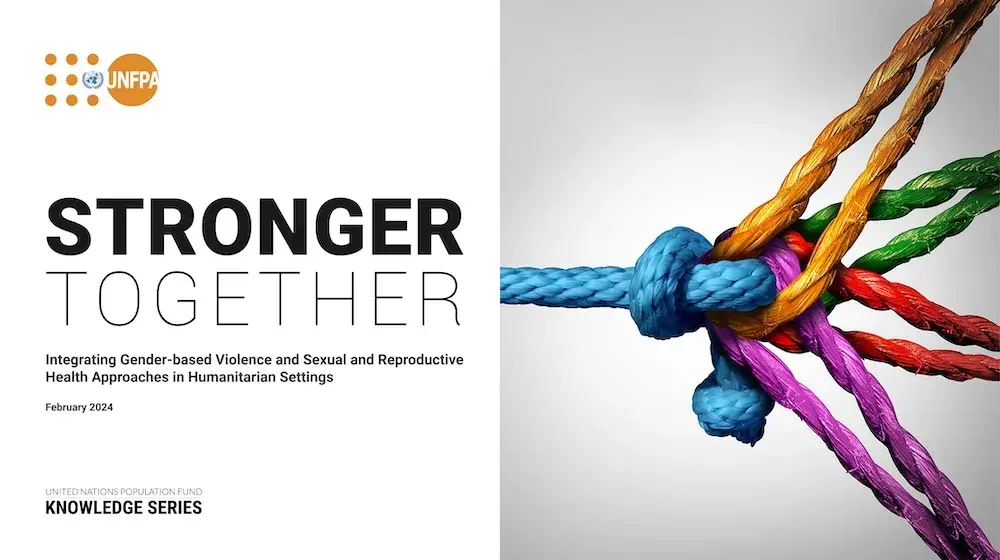On 4 August 2020, at approximately 18:00, a warehouse at the Beirut Port containing large quantities of ammonium nitrate exploded. The initial explosion was followed by a much more substantial blast that caused widespread damage, reportedly reaching more than 20 kilometres from the port area.
As of 18 August, reports indicate that the death toll has reached 220, with over 7,000 injured and more than 300,000 people left displaced, with many showing symptoms of severe psychological distress. These numbers are expected to rise as more bodies are recovered from the surrounding wreckage and dozens of people are still reported missing. The situation is further exacerbated by rising confirmed cases of COVID-19.
The World Health Organization (WHO) reports that more than 80 primary health care centres have been severely damaged. Only 47 per cent of surveyed facilities can still provide full routine health services. Moreover, 120 schools, attended by 55,000 children, sustained various levels of damage. Humanitarian partners are conducting further damage assessments, in close coordination with relevant government authorities. Rising cases of COVID-19 are exacerbating the situation. On 19 August, 589 new confirmed cases were reported, adding to the cumulative 10,347 confirmed cases, averaging around 5 percent daily increase since the blast.
The Beirut Port, which processes up to 90 per cent of Lebanon’s imports, is expected to remain inoperable for at least one month, pending repairs, debris removal, and safety clearances. This may exacerbate food insecurity, which was already growing amid the COVID-19 pandemic and the prolonged socio-economic crisis. All trade activities have been redirected to the Tripoli Port, located about 85 kilometres north of Beirut.





